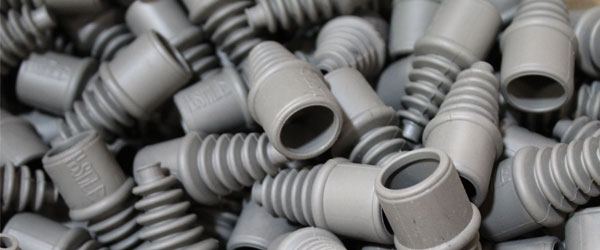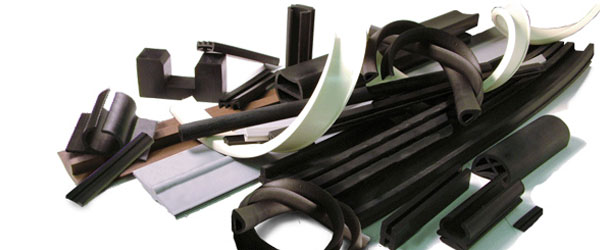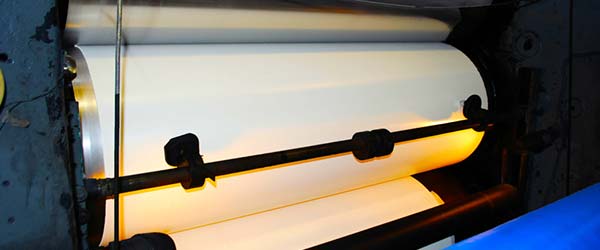Nitrile rubber, also known as NBR (acrylonitrile-butadiene rubber), is a synthetic rubber copolymer composed of acrylonitrile and butadiene. It is a popular elastomer due to its excellent oil and fuel resistance, as well as its high tensile strength and resistance to abrasion, heat, and chemicals. Nitrile rubber is commonly used in automotive and industrial applications where exposure to petroleum-based fuels and oils is common, such as gaskets, seals, hoses, and O-rings.
One of the key advantages of nitrile rubber is its ability to maintain its physical properties in a wide range of temperatures. It has good resistance to low temperatures and can remain flexible even at temperatures as low as -40°C. It also has good heat resistance and can withstand temperatures up to 120°C.
Another advantage of nitrile rubber is its resistance to various chemicals, including oils, fuels, and solvents. It is also resistant to ozone and weathering, making it a durable choice for outdoor applications.
However, nitrile rubber does have some limitations. It is not recommended for use with polar solvents, such as ketones and esters, and it is not as flexible as some other elastomers at low temperatures. Additionally, it has poor resistance to aromatic hydrocarbons, such as benzene and toluene.
Overall, nitrile rubber is a versatile elastomer with excellent oil and fuel resistance, making it a popular choice in automotive and industrial applications.
 (909) 987-1774
(909) 987-1774 Email Us
Email Us







